
How to Use rain sensor module: Examples, Pinouts, and Specs
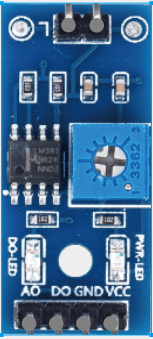
 Design with rain sensor module in Cirkit Designer
Design with rain sensor module in Cirkit DesignerIntroduction
The rain sensor module is an electronic component designed to detect the presence of rain or moisture. It is commonly used in automation systems to trigger actions based on weather conditions. The module typically consists of a rain detection board and a control board. The detection board senses moisture levels, while the control board processes the signal and provides an output.
Explore Projects Built with rain sensor module
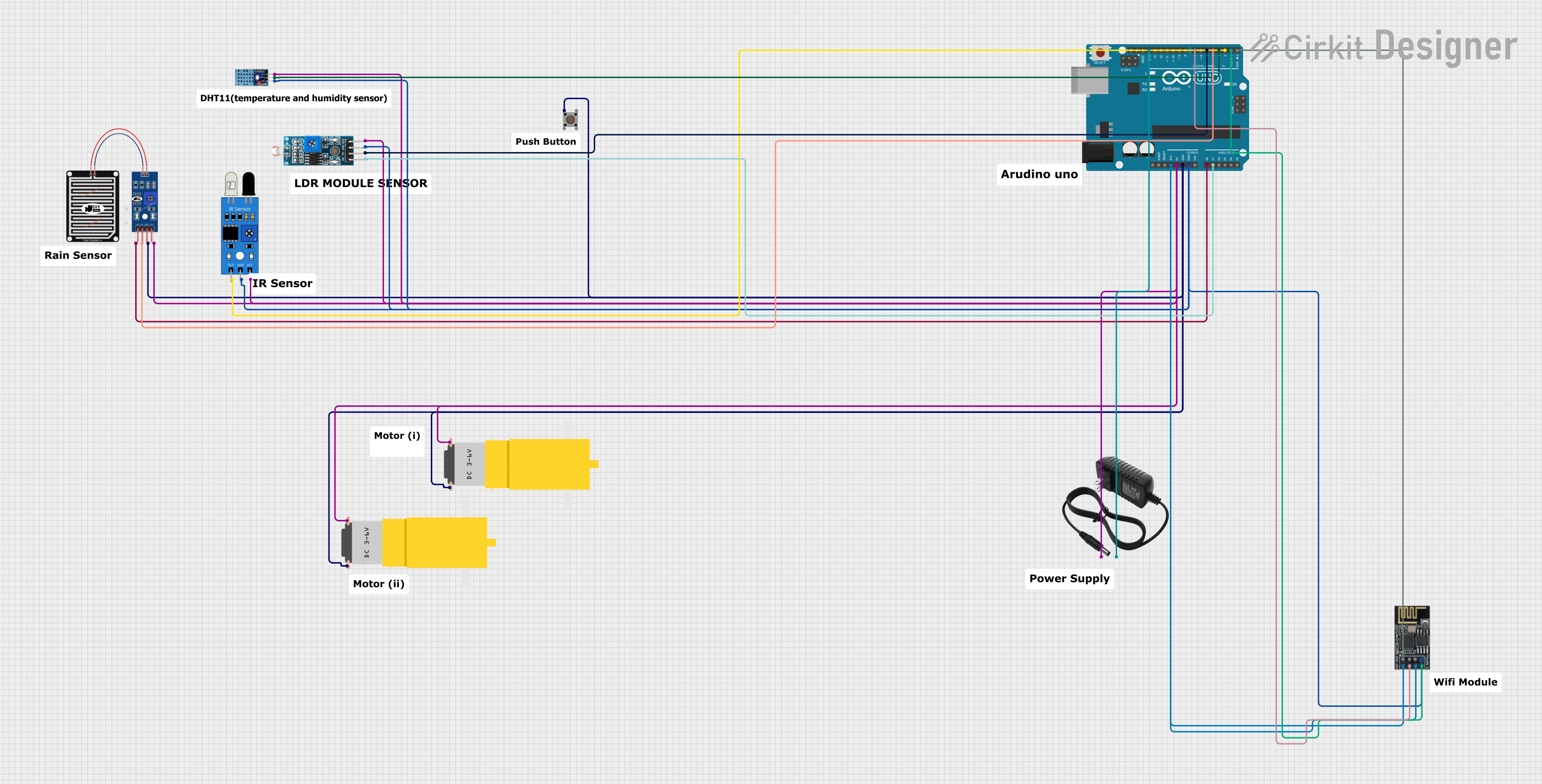
 Open Project in Cirkit Designer
Open Project in Cirkit Designer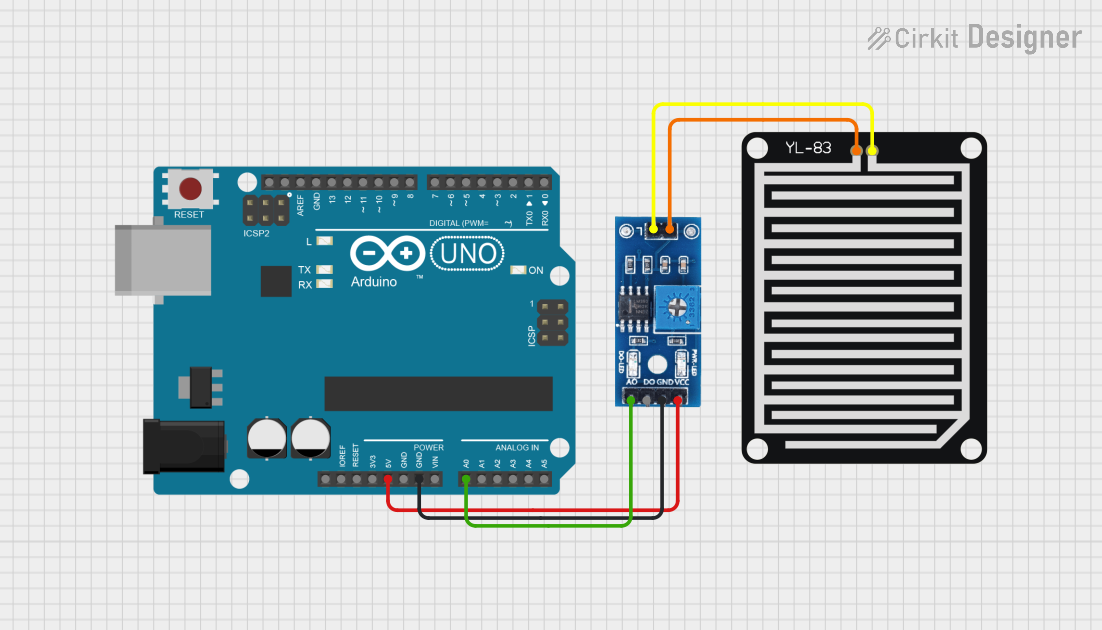
 Open Project in Cirkit Designer
Open Project in Cirkit Designer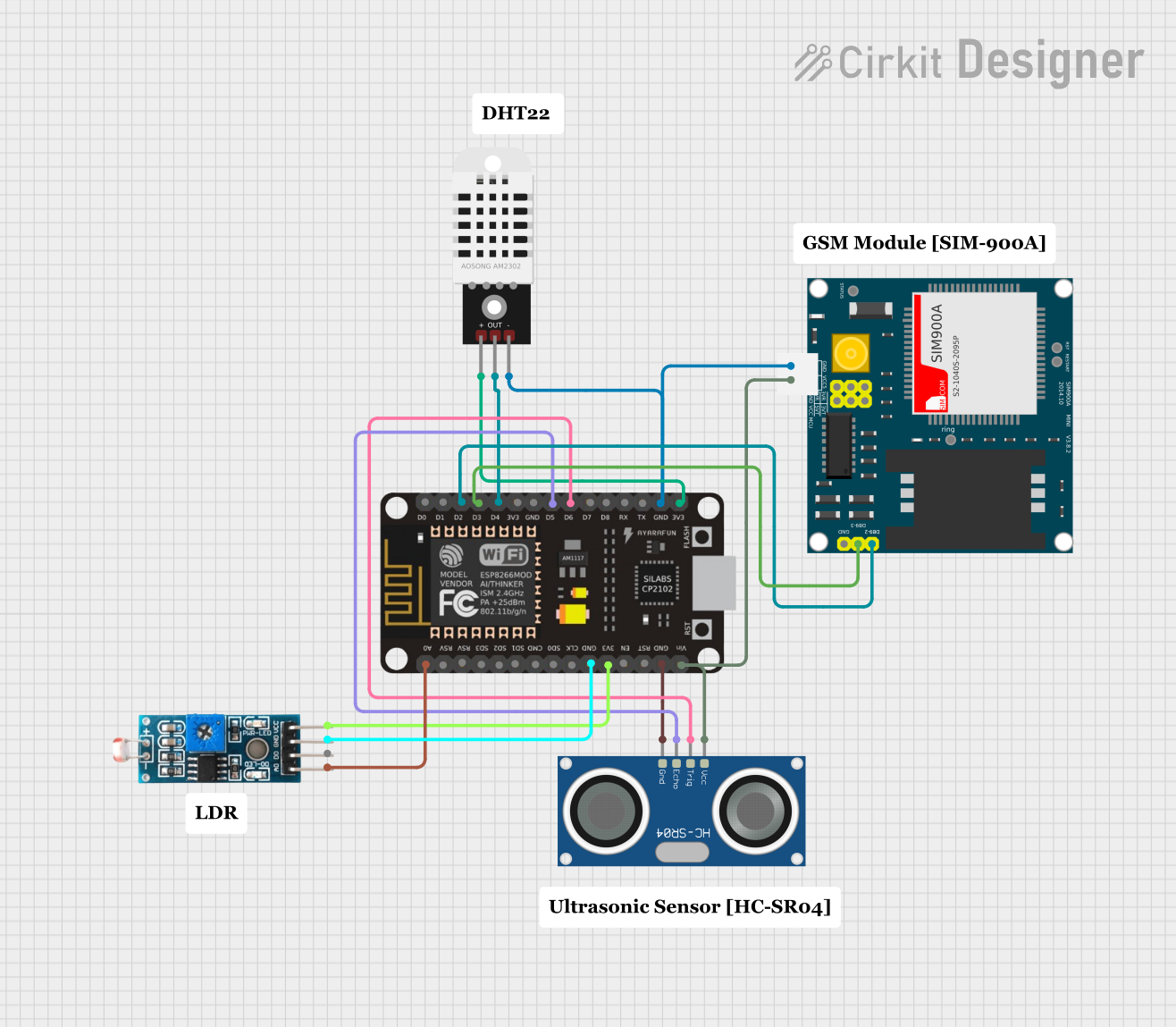
 Open Project in Cirkit Designer
Open Project in Cirkit Designer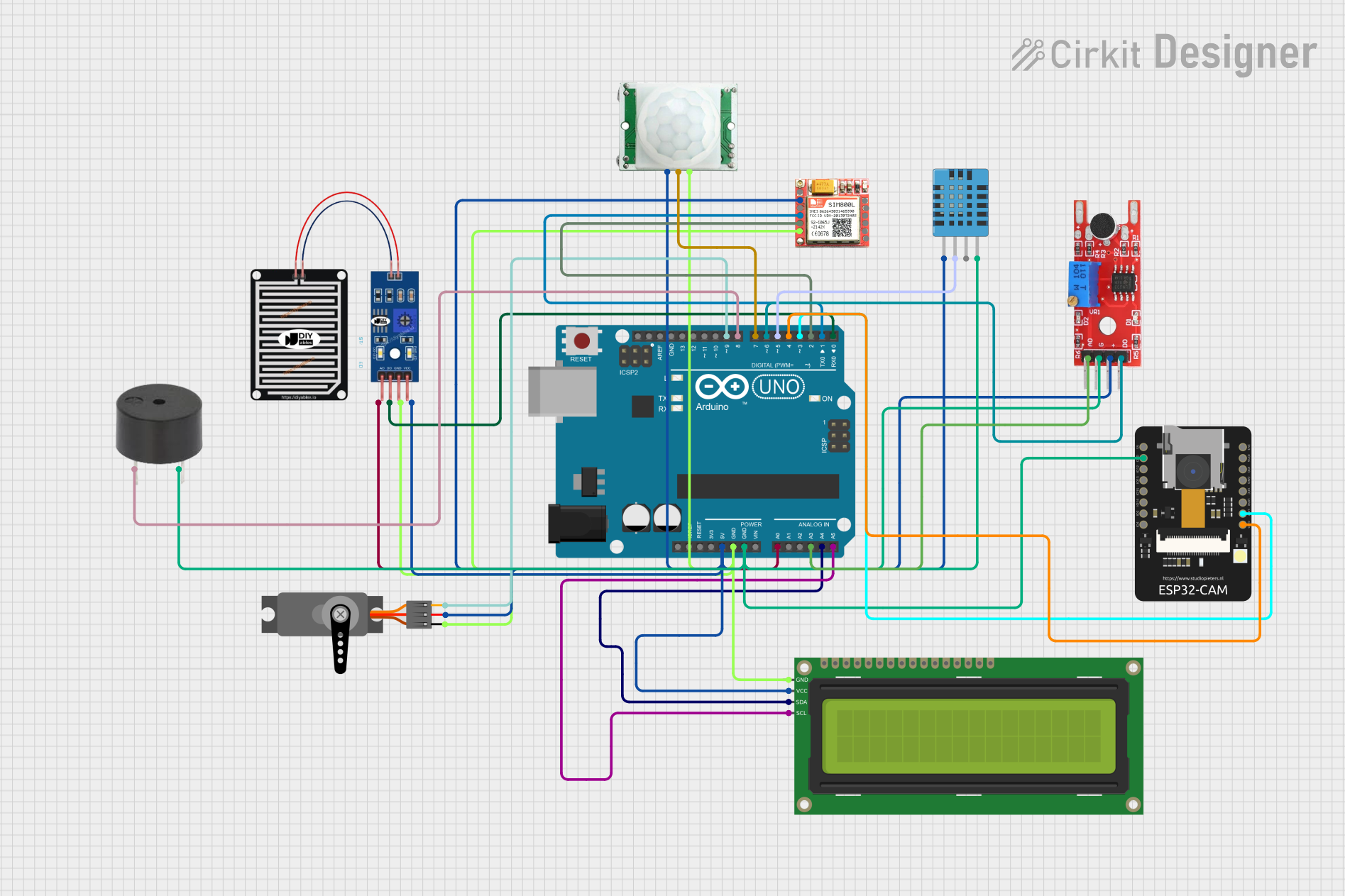
 Open Project in Cirkit Designer
Open Project in Cirkit DesignerExplore Projects Built with rain sensor module

 Open Project in Cirkit Designer
Open Project in Cirkit Designer
 Open Project in Cirkit Designer
Open Project in Cirkit Designer
 Open Project in Cirkit Designer
Open Project in Cirkit Designer
 Open Project in Cirkit Designer
Open Project in Cirkit DesignerCommon Applications and Use Cases
- Automated windshield wipers in vehicles
- Irrigation systems that adjust watering schedules based on rainfall
- Weather monitoring systems for environmental data collection
- Smart home systems to close windows or retract awnings during rain
- Industrial automation for rain-sensitive operations
Technical Specifications
Below are the key technical details of a typical rain sensor module:
| Parameter | Specification |
|---|---|
| Operating Voltage | 3.3V to 5V |
| Output Type | Digital (High/Low) and Analog (0-1023) |
| Detection Area | ~5cm x 4cm (varies by model) |
| Sensitivity Adjustment | Potentiometer on the control board |
| Output Current | ≤ 100mA |
| Dimensions | ~3.2cm x 1.4cm (control board) |
| Operating Temperature | -40°C to 85°C |
Pin Configuration and Descriptions
The rain sensor module typically has the following pins:
Control Board Pinout
| Pin | Name | Description |
|---|---|---|
| 1 | VCC | Power supply input (3.3V to 5V) |
| 2 | GND | Ground connection |
| 3 | D0 | Digital output (High when no rain, Low when rain is detected) |
| 4 | A0 | Analog output (provides a voltage proportional to the moisture level detected) |
Rain Detection Board
The rain detection board connects to the control board via two pins:
- S: Signal pin (connects to the control board)
- -: Ground pin (connects to the control board)
Usage Instructions
How to Use the Rain Sensor Module in a Circuit
Connect the Module to Power:
- Connect the
VCCpin to a 3.3V or 5V power source. - Connect the
GNDpin to the ground of your circuit.
- Connect the
Connect the Output Pins:
- Use the
D0pin for digital output. It will output a HIGH signal when no rain is detected and a LOW signal when rain is detected. - Use the
A0pin for analog output if you need to measure the moisture level more precisely.
- Use the
Adjust Sensitivity:
- Use the potentiometer on the control board to adjust the sensitivity of the digital output. Turning the potentiometer clockwise increases sensitivity, while turning it counterclockwise decreases sensitivity.
Integrate with a Microcontroller:
- Connect the
D0orA0pin to an input pin on your microcontroller (e.g., Arduino UNO) to process the sensor's output.
- Connect the
Example: Connecting to an Arduino UNO
Below is an example of how to use the rain sensor module with an Arduino UNO:
Circuit Connections
- Connect
VCCto the 5V pin on the Arduino. - Connect
GNDto the GND pin on the Arduino. - Connect
D0to digital pin 2 on the Arduino. - Connect
A0to analog pin A0 on the Arduino (optional, for analog readings).
Arduino Code
// Define pin connections
const int digitalPin = 2; // Digital output from the rain sensor
const int analogPin = A0; // Analog output from the rain sensor
void setup() {
pinMode(digitalPin, INPUT); // Set digital pin as input
Serial.begin(9600); // Initialize serial communication
}
void loop() {
// Read digital output
int rainDetected = digitalRead(digitalPin);
// Read analog output
int moistureLevel = analogRead(analogPin);
// Print the results to the Serial Monitor
if (rainDetected == LOW) {
Serial.println("Rain detected!");
} else {
Serial.println("No rain detected.");
}
Serial.print("Moisture Level (Analog): ");
Serial.println(moistureLevel);
delay(1000); // Wait for 1 second before the next reading
}
Important Considerations and Best Practices
- Placement: Ensure the rain detection board is placed in an open area where it can directly come into contact with rain. Avoid placing it under covers or in areas with water splashes.
- Cleaning: Periodically clean the detection board to remove dirt or debris that may affect its accuracy.
- Waterproofing: The control board is not waterproof. Protect it from exposure to rain or moisture.
- Power Supply: Use a stable power supply to ensure accurate readings.
Troubleshooting and FAQs
Common Issues and Solutions
The sensor is not detecting rain.
- Check the connections between the rain detection board and the control board.
- Ensure the potentiometer is adjusted correctly for the desired sensitivity.
- Verify that the detection board is clean and free of debris.
The digital output is always HIGH or LOW.
- Inspect the rain detection board for damage or corrosion.
- Ensure the control board is receiving the correct voltage (3.3V to 5V).
- Test the module with a multimeter to confirm proper operation.
The analog readings are inconsistent.
- Ensure the detection board is dry when no rain is present.
- Check for electrical noise in the circuit and use proper grounding.
FAQs
Q: Can the rain sensor module detect the intensity of rain?
A: The analog output (A0) provides a voltage proportional to the moisture level, which can be used to estimate rain intensity.
Q: Can I use the rain sensor module with a 3.3V microcontroller?
A: Yes, the module operates within a voltage range of 3.3V to 5V, making it compatible with 3.3V microcontrollers like the ESP32.
Q: How do I protect the module from long-term exposure to rain?
A: Use a waterproof enclosure for the control board and periodically clean the detection board to prevent corrosion.
Q: Can the module detect other liquids besides rain?
A: The module is designed to detect moisture, so it may respond to other liquids. However, its sensitivity and accuracy may vary depending on the liquid's conductivity.